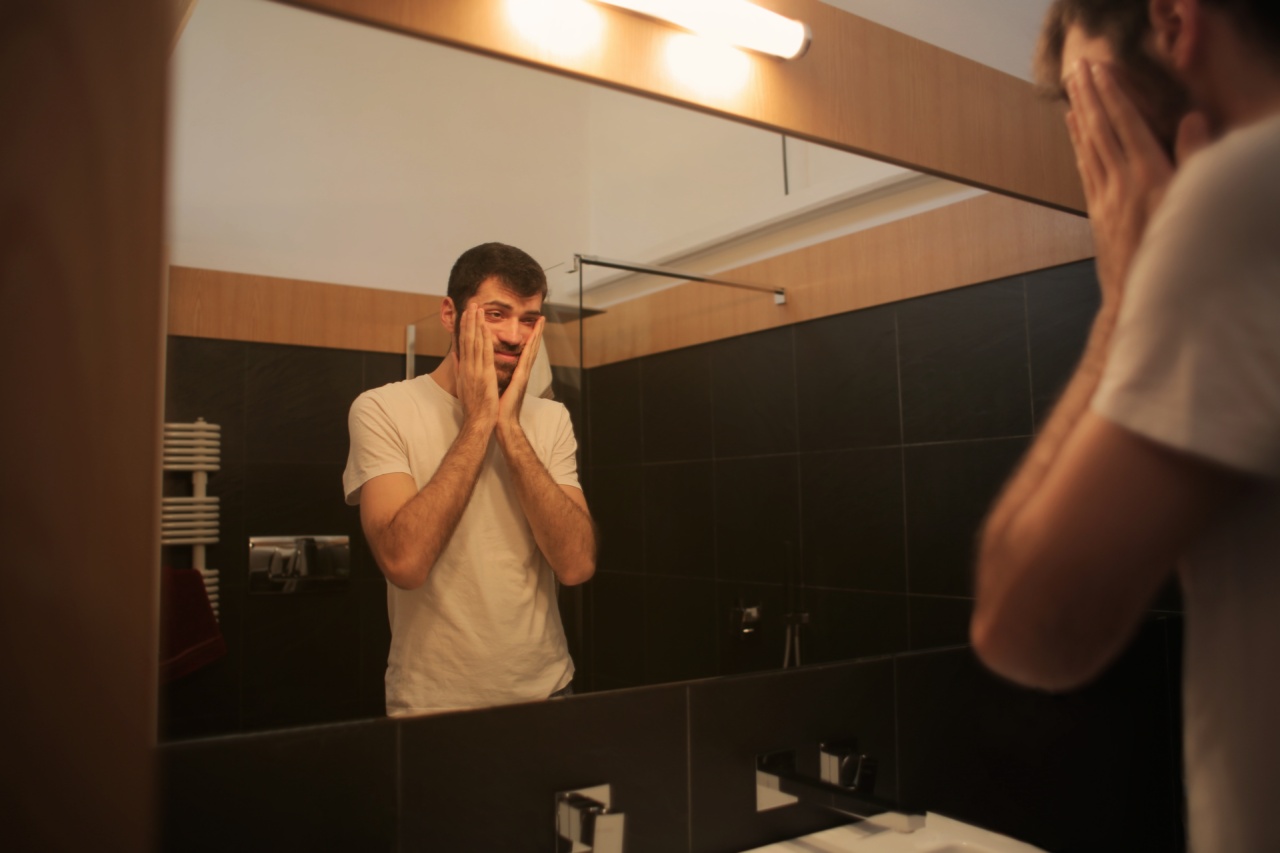Headaches are a common ailment experienced by people of all ages.
While most headaches are typically benign and resolve on their own with time or some over-the-counter medication, there are specific types of headaches that are more intense, recurrent, and debilitating. Two such types of headaches are migraines and cumulative headaches. While they may share some similarities, there are distinct differences that set them apart.
In this article, we will explore what sets migraines apart from cumulative headache, looking at their symptoms, causes, treatments, and more.
Symptoms of Migraine Headaches
Migraine headaches are often characterized by severe throbbing pain on one side or both sides of the head. These headaches can be accompanied by a range of other symptoms, including:.
- Nausea and vomiting
- Sensitivity to light and sound
- Aura (visual disturbances such as flashing lights or blind spots)
- Tenderness in the scalp, neck, or shoulders
Migraine attacks can last anywhere from a few hours to several days and may interfere with daily activities. They are often debilitating and can significantly impact a person’s quality of life.
Symptoms of Cumulative Headaches
Cumulative headaches, on the other hand, are headaches that occur after a prolonged exposure to certain triggers. These triggers can include stress, poor posture, lack of sleep, eye strain, and muscular tension.
Unlike migraines, cumulative headaches may not have the intense and throbbing pain associated with them. Instead, they often manifest as a dull, constant ache or pressure throughout the head or in specific areas, such as the temples or forehead.
Common symptoms of cumulative headaches may include:.
- Gradual onset of headache
- Tension or pressure in the head, neck, or shoulders
- Mild to moderate pain
- Feeling of tightness or heaviness in the head
- Absence of nausea or vomiting
It’s important to note that while cumulative headaches may not be as intense as migraines, they can still affect daily functioning and one’s overall well-being.
Causes of Migraine Headaches
The exact cause of migraines is not fully understood. However, researchers believe that various factors contribute to their occurrence. Some common triggers for migraines include:.
- Hormonal changes (common in women)
- Certain foods and food additives
- Strong sensory stimuli (bright lights, strong smells)
- Changes in sleep patterns
- Stress and anxiety
- Weather changes
- Physical exertion or overexertion
It’s important to identify the triggers that affect an individual and try to avoid them as much as possible to reduce the frequency and severity of migraines.
Causes of Cumulative Headaches
Cumulative headaches, also commonly known as tension headaches, have slightly different causes compared to migraines. Some factors that contribute to cumulative headaches include:.
- Muscular tension in the head, neck, and shoulders
- Poor posture or ergonomics
- Lack of sleep or poor sleep quality
- Stress and anxiety
- Eye strain
Unlike migraines, cumulative headaches are often the result of a gradual build-up of triggers rather than an acute onset. Addressing the underlying causes and managing stress levels can help reduce the frequency and intensity of cumulative headaches.
Treatment Options for Migraines
Treating migraines involves a combination of lifestyle modifications, preventive measures, and medications. Some common treatment options for migraines include:.
- Avoiding triggers as much as possible
- Regular sleep patterns and good sleep hygiene
- Stress management techniques such as relaxation exercises and meditation
- Over-the-counter pain relievers (e.g., ibuprofen)
- Prescription medications specifically developed for migraines
- Botox injections for chronic migraines
- Complementary therapies like acupuncture or biofeedback
It’s important for individuals experiencing migraines to work closely with a healthcare professional to develop a personalized treatment plan tailored to their specific needs.
Treatment Options for Cumulative Headaches
Cumulative headaches, being mostly triggered by lifestyle factors and muscular tension, can generally be managed with non-medicated approaches. Some effective treatment options for cumulative headaches may include:.
- Regular exercise and physical activity to reduce muscular tension
- Correcting posture and ergonomics
- Adequate rest and sleep
- Stress reduction techniques such as deep breathing and relaxation exercises
- Applying heat or cold packs to the affected areas
- Gentle stretching and neck exercises
- Over-the-counter pain relievers (when needed)
If cumulative headaches persist or worsen, it is recommended to consult a healthcare professional for further evaluation and guidance.
When to Seek Medical Help
While most migraines and cumulative headaches can be managed with self-care measures, there are instances where medical intervention may be necessary. It is advisable to seek medical help if:.
- Headaches are becoming more frequent and severe
- Headaches interfere with daily activities
- Headaches are accompanied by other concerning symptoms
- Headaches are a new occurrence and differ from previous episodes
- Self-care measures and over-the-counter medications are ineffective
A healthcare professional can conduct a thorough evaluation, make an accurate diagnosis, and recommend appropriate treatment options based on the individual’s specific condition.


























